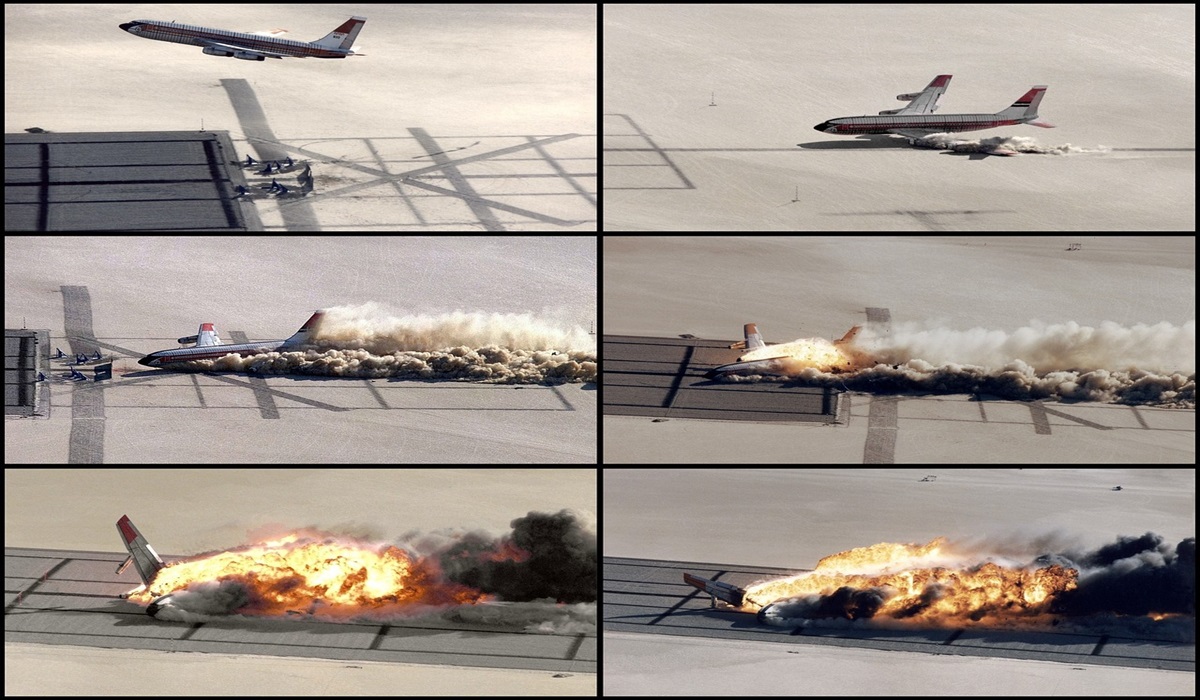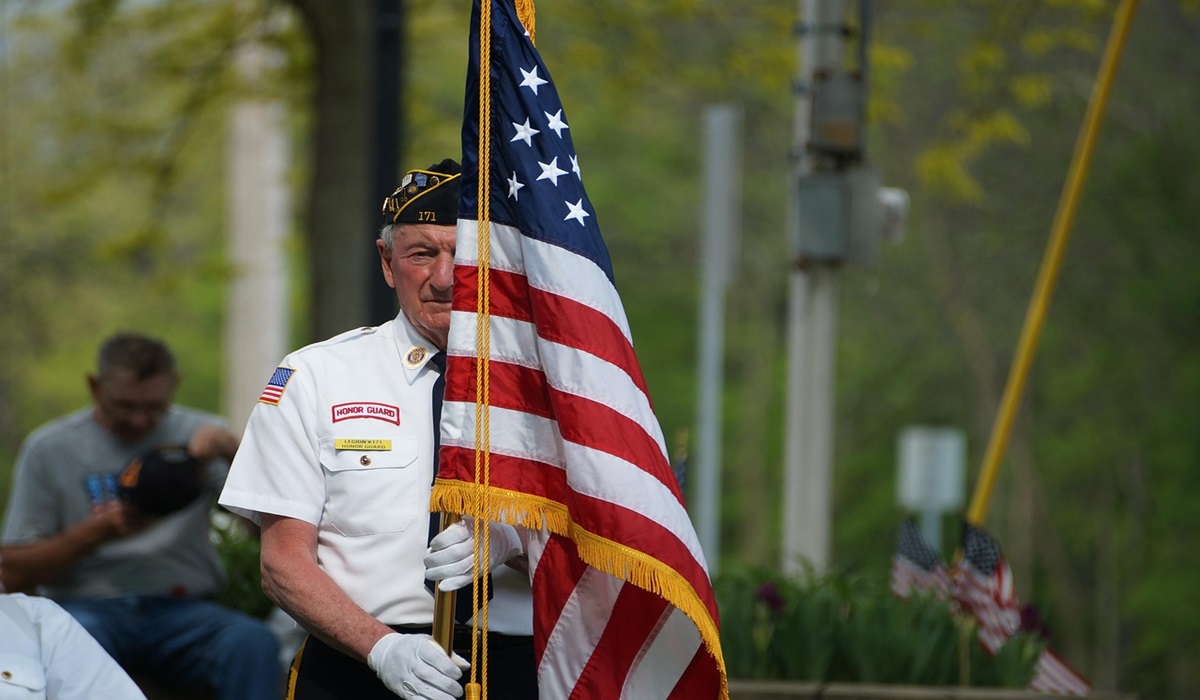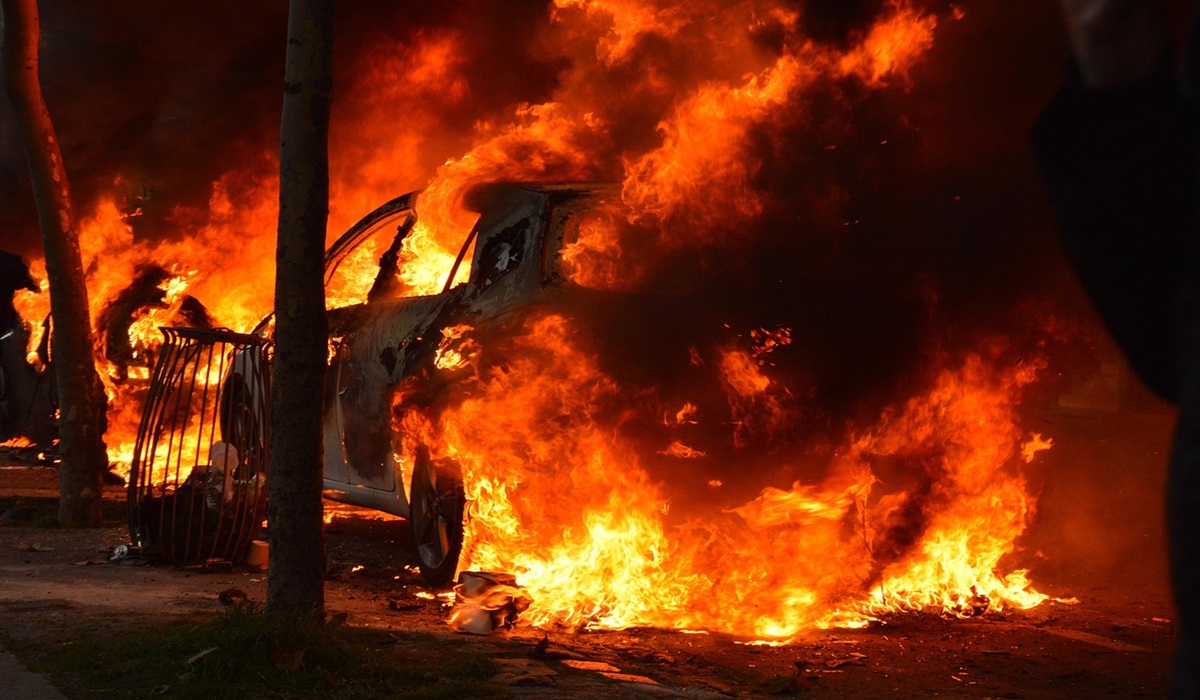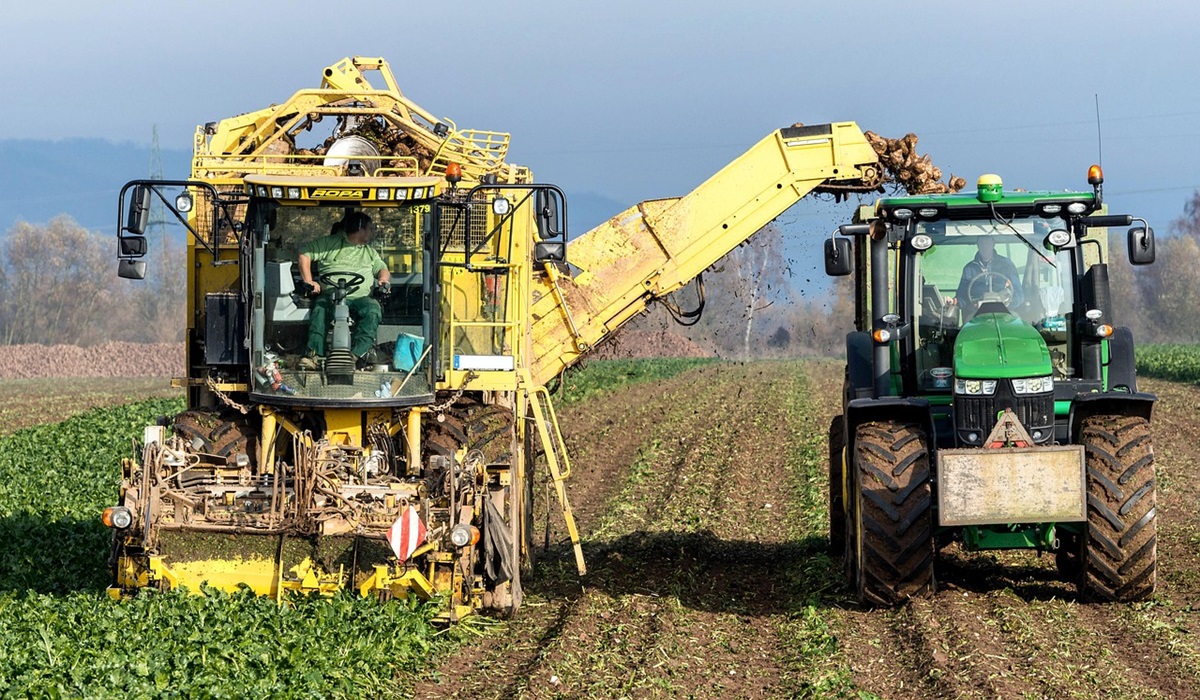Image Credit, WikiImages
For years, the common refrain from aviation authorities and government agencies has been the same: air travel is the safest mode of transportation. Statistically, that’s hard to dispute. Your odds of dying in a commercial plane crash are staggeringly low—less than one in 11 million, according to international aviation safety data. But when you dig into the National Transportation Safety Board’s (NTSB) monthly summaries of plane accidents from 2007 to the present, a more nuanced picture begins to emerge—one that raises essential questions about what’s actually happening in the skies above us.
From 2007 through early 2025, the NTSB has logged thousands of aviation accidents across the United States, with each incident cataloged monthly on its publicly accessible site. These include not just commercial airline mishaps, but also general aviation (private, charter, and instructional flights), which accounts for the overwhelming majority of accidents. Every month, new incidents—ranging from runway overruns to mid-air engine failures—are reported. While most do not result in fatalities, they are a reminder that aviation mishaps are not as rare as public perception would suggest.
Let’s be clear: commercial airliners in North America maintain an exceptional safety record. There hasn’t been a fatal crash involving a major U.S. carrier in over a decade. But general aviation paints a different story. Small aircraft crashes still account for hundreds of fatalities annually. Weather misjudgments, pilot error, mechanical failure, and inadequate training standards for private pilots frequently appear in these reports. And when the NTSB’s own dashboards show month after month of recorded aviation accidents—dozens in some months, including crashes with serious injuries or deaths—it forces us to ask: safe for whom?
We also can’t ignore the pressure pilots face, particularly in the general and charter sectors, where flight crews often operate with tighter margins, fewer resources, and less oversight. These environments are fertile ground for the kind of preventable accidents that, while underreported, continue to show up in the NTSB logs year after year.
What the data reveals isn’t necessarily that flying is dangerous—it’s that there’s a systemic divide in how safety is experienced depending on what type of flight you’re on. A transcontinental flight on a Boeing 787 from Toronto to Vancouver is operating under layers of federal regulations, constant real-time monitoring, and decades of commercial aviation standardization. A short hop in a twin-engine Piper Navajo over the Rockies? You’re often relying on the skills of a single pilot, aged avionics, and a maintenance history you can’t independently verify.
And there’s a deeper truth lurking beneath the rhetoric: much of the “air travel is safe” narrative depends on the absence of catastrophic events, not the absence of danger. We hear about the plane that doesn’t crash, not the near miss due to air traffic control error, the emergency landing in a field, or the engine failure caught just in time. These incidents are filed away in databases, studied by investigators, but rarely make the headlines unless someone dies.
So, is air travel safe? Yes—if you’re flying commercial. But even that safety comes with the caveat that vigilance, maintenance, and regulatory oversight must be constant. It is not a static achievement; it’s an ongoing process that depends on a culture of transparency, learning, and investment.
If we want to claim that air travel is truly safe, we have to stop cherry-picking the data. We must look beyond the major airlines and consider the hundreds of smaller flights crisscrossing our skies every day. We must confront the reality that safety statistics can mask systemic issues in parts of the industry that get less scrutiny. And we must demand accountability—not just when something goes catastrophically wrong, but when the small signs of negligence start to accumulate.
Because in the sky, as on the ground, safety isn’t just about odds. It’s about trust. And trust only holds when the whole truth is laid bare.









